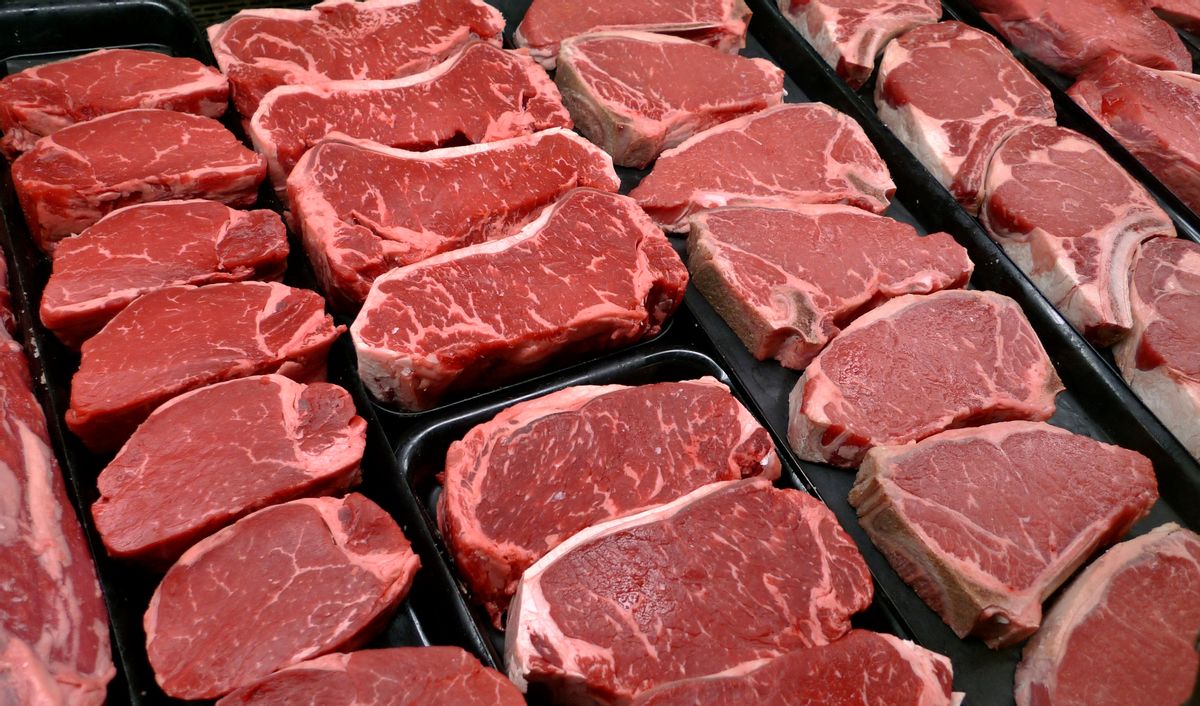What happens when a Silicon Valley startup markets a mysterious drink with nonspecific health claims, couched in the aesthetic of a tech product launch?
A disruptive twist to decades-old strategies used by the supplement industry to deceive consumers.
The latest example is perhaps the most egregious. HVMN Ketone claims to be a performance-enhancing beverage that alters metabolism by flooding the bloodstream with a molecule called D-β-hydroxybutyrate(D-βHB). Chances are you’re familiar with someone who’s tried out the ketogenic diet, but HVMN promises you can achieve ketosis without dieting. However, the benefits of calorie restriction and exercise can’t be reduced down to a double-shot of D-βHB.
“HVMN Ketone is the result of 10+ years of research and $60 million in funding,” states HVMN’s website. But time and money simply aren’t surrogates for validated and reproducible clinical results. Drinking ketones will certainly boost levels of ketone bodies in the blood; however, the actual effects of HVMN Ketone are fleeting, underwhelming, and embellished by the company. Because D-βHB is “generally recognized as safe,” HVMN can sell Ketone as a “foodstuff” with little or no evidence of athletic or cognitive benefit to consumers.
A $33 bad taste
And that’s a shame, because many people will be tricked into shelling out $33 per bottle, only to be left with a bad taste in their mouth and weight loss in their wallet.
To contextualize that indictment, consider whence the emergence of low-carb and ketogenic diet trends evolved. Over the past 30 years, America’s obesity rate ballooned from about a sixth to over a third of the population. Total caloric consumption per person increased in people of all BMIs, with a macronutrient distribution shifting to proportionately more carbs and less fat and protein. These data don’t causally indict carbohydrates, but rather correlate them with a diet trend in which Americans consume more calories and grow more obese.
The standard Western diet consists of around 50 percent of calories from carbohydrates and 35 percent from fat. When controlling for caloric intake, diets that reduce carbohydrates to less than 20 percent often show a benefit over reduced-fat diets, though these findings are often contradictory. In adults with high blood pressure, substitution of carbohydrates with either protein or fat improved markers of cardiovascular health. Low-carb dietary intervention was also helpful in ameliorating diabetes. A recent, smaller study found that low-carb diets were more effective than low-fat for both heart health and weight loss. However, a meta-analysis of multiple studies comparing low-carb vs. low-fat diets found that both diets led to similar weight loss over longer timeframes. This trend held true in later studies as well.
Avoiding incidental carbs, such as in keto-friendly mushrooms and avocados, is practically impossible
This evidence modestly supports the effectiveness of diet strategies that cut down on carbs, but the goal of the ketogenic diet is to nearly eliminate them. Ketosis occurs when the liver exhausts carbohydrate-derived fuel sources, causing its metabolic machinery to instead break down fatty acids to generate ketone bodies, including D-βHB. These metabolites diffuse freely through the blood to other tissues, including the muscle and brain, where they can be used as an energy source. This effect is amplified by intermittent fasting (IF), which helps lower blood glucose.
Ketogenic dieting reduces the carbohydrate intake threshold to roughly 10 percent of total calories, requiring strict dietary discipline. For example, a ketogenic 2,000-calorie diet calls for less than 25 grams of carbohydrates per day- the amount that’s in two cups of cooked Brussels sprouts, or two slices of whole wheat bread, or a single pear. But avoiding other incidental carbs, such as the two grams per serving in keto-friendly mushrooms, asparagus, and avocados, is practically impossible. Therefore many foods are completely off limits: no bread, no beer, no pizza, and no sugar.
The fast and the spurious
On top of what you eat are considerations of when and how you eat, which is where fasting comes in. IF can be executed in a few different ways, including fasting for an entire day at a time. But the most common method is to restrict meals to a small daily window, effectively skipping one entire meal as well as all snacks outside that timeframe. In addition to the blood glucose effect previously mentioned, IF helps instill the self-disciplinary aspect of reducing caloric intake by reducing hunger cravings.
And self-discipline is key, as evidenced by the high dropout rates in strict diet-control studies: between 30 and 50 percent. This implies survivor bias in the results of dieters who make it to six and 12 months or beyond, which are not representative of those that abandoned their diet early and drop out.
This leads us back to the allure of simply drinking your ketones rather than going to all the trouble of the diet and lifestyle to produce your own. Product reviews following HVMN Ketone’s late October launch were more intrigued than skeptical, with headlines such as “The Perks of Fasting, With None of the Work” and “Could HVMN Ketone mean that you’ll never have to go on a diet again?” HVMN stops short of saying its product takes the place of ketogenic dieting, but that’s OK: the media says it for them.
These studies are nascent. So too should your confidence be





Shares